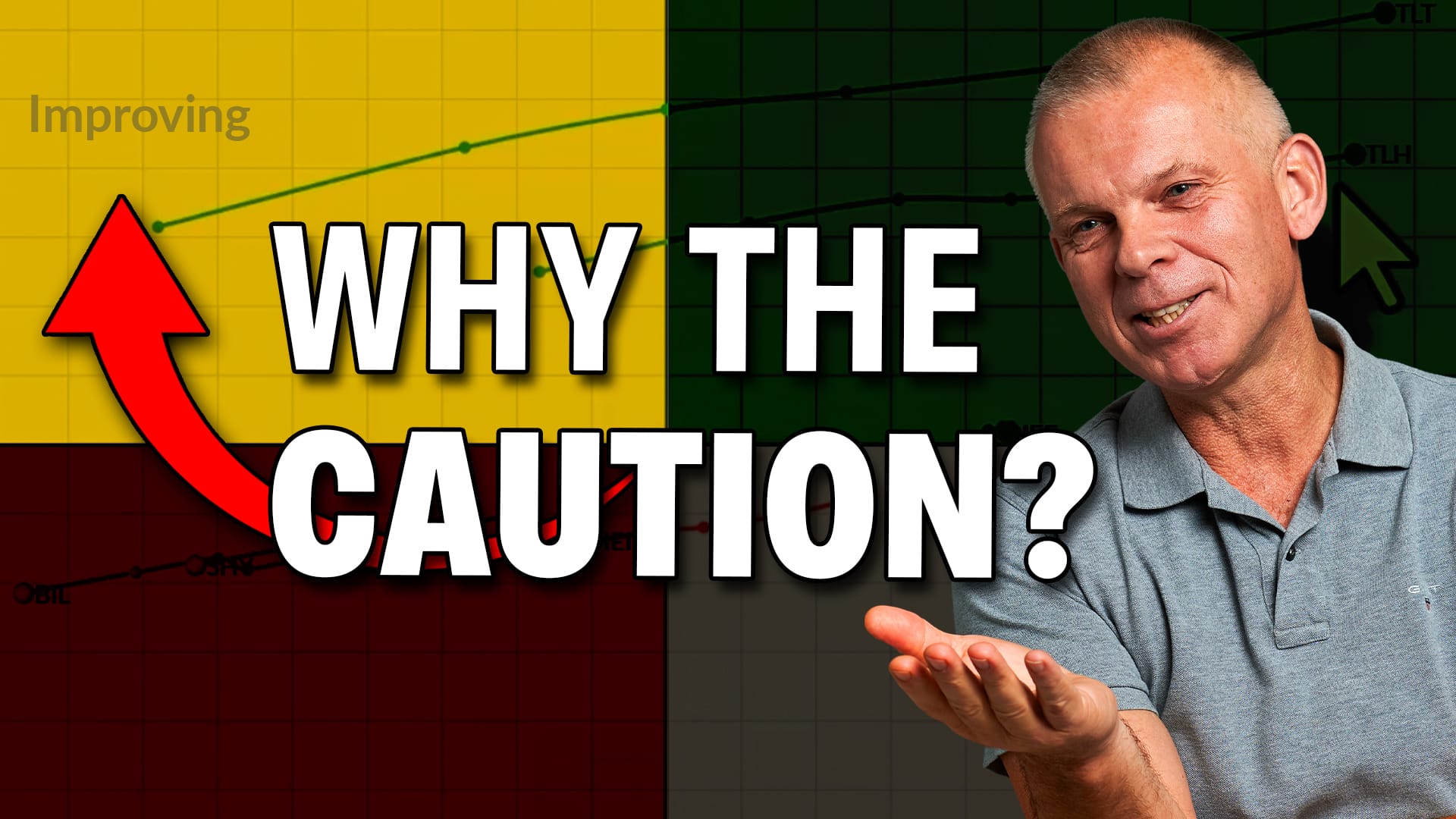USING POINT & FIGURE CHARTS FOR INTERMEDITE AND LONG-TERM SIGNALS -- AGRICULTURALS ACCOUNT FOR DIFFERENT COMMODITY INDEX READINGS -- BROKERAGE DOWNGRADE WEIGHS ON MARKETS -- CONSUMER STAPLES, HEALTHCARE, AND UTILITIES REMAIND DEFENSIVE LEADERS
USING P&F CHARTS FOR LONGER-TERM SIGNALS... One of our readers asked if point & figure signals could be used for intermediate and long-term trading signals. The answer is yes. Chart 1 uses a 1% box size for the S&P 500 which I find works well for intermediate term signals. The S&P gave an intermediate sell signal at 1488 during November which is still intact. [A sell signal occurs when a o column falls below a previous o column]. The last x column is now testing resistance at the top of the previous x column. An S&P 500 close at 1503 or higher is necessary to trigger an intermediate buy signal. [A buy signal occurs when the last x column exceeds the previous x column]. Chart 2 uses a 2% box size and is more suitable for long-term signals. Long-term signals occur less frequently, but are more important. Chart 2 shows a major p&f buy signal at 973 in June 2004. Since then, three additional p&f buy signals were given prior to this year. To trigger a major sell signal, the S&P would have to close at 1362 or lower. I'd lower that major sell point to 1360 to coincide with a violation of the August low in Chart 1. Although p&f charts rely on intra-day prices, I generally require that signals be based on closing prices. That prevents buying or selling into reversal days which often occur around major support and resistance levels.

Chart 1

Chart 2
DIFFERENCE BETWEEN COMMODITY INDEXES ... Another reader asked if using the CCI Commodity Index in place of the Reuters /Jefferies CRB Index changed the picture. Chart 3 compares the two. While the Reuters/Jefferies CRB Index (black line) is stalled at its old high, the CCI Commodity Index (blue line) is in new high ground. The main reason for the discrepancy has to do with the weighting of the two indexes. The CCI (blue line) has a much heavier agricultural weighting (mainly in the grain and soybean markets), which have been very strong of late. Chart 4 shows the Goldman Sachs Agricultural Index (black line) in a strong uptrend (although stalled at its October high). That accounts for much of the CCI strength. By contrast, the Goldman Sachs Commodity Index (with a smaller ag weighting) is stalled at its old high. Although ag markets are driven higher by a falling dollar (and global weather conditions), they have a relatively small impact on economic trends. By contrast, the weakest commodities right now are industrial metals (like copper), which do have a strong economic impact.

Chart 3

Chart 4
BROKERS PULL FINANCIALS LOWER ... A downgrade of brokerage stocks has pushed that group into a 2.4% loss. That's pulling the entire financial sector lower and the rest of the market with it. Chart 5 shows the AMEX Broker/Dealer Index stuck in a downtrend that began during June (-25%). The XBD also remains well below intitial resistance near 220 and its 50-day moving average. It's hard to imagine the rest of the market making much upside headway as long as this leading group remains under pressure. A close above the mid -November peak at 220.86 is needed to reverse the current downtrend in the brokerage group, and is probably a necessary ingredient in any yearend market rally. By contrast, three of the market's strongest groups remain in defensive sectors like consumer staples, healthcare, and utilities.

Chart 5
DEFENSIVE MARKET LEADERS ... There are a few trends that generally show up at market tops. One is underperformance by financial stocks, which are generally viewed as market leaders. We're certainly seeing that. The other is rotation into defensive stock groups like consumer staples, healthcare, and utilities. We're also seeing that. Chart 6 shows those three groups plotted against the S&P 500 (flat zero line) since the start of the year. Utilities are benefiting from falling interest rates and rising bond prices. Staples and healthcare are benefiting from their defensive qualities. People still have to buy staples (food and beverages) and seek medical care in a weak economy.

Chart 6








